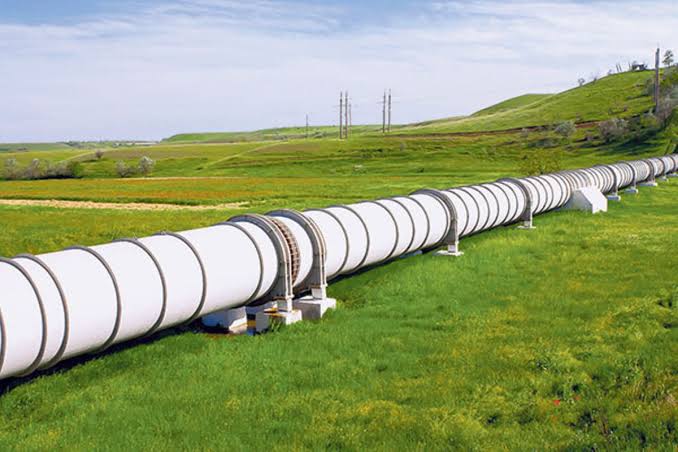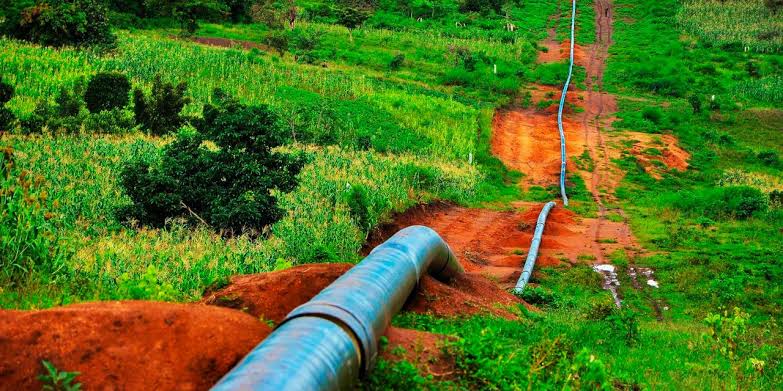
Faith Nyasuguta
East Africa’s flagship oil infrastructure project – the East African Crude Oil Pipeline (EACOP) – has entered its final 12-month construction sprint, according to officials from Uganda and Tanzania. The milestone comes after years of planning, land acquisition disputes and mounting costs, with an estimated $3.6 billion already pumped into the ambitious venture.
Stretching 1,443 kilometers from Uganda’s oilfields in the Albertine Graben to the port of Tanga on Tanzania’s Indian Ocean coast, EACOP is set to become the world’s longest heated crude oil pipeline once complete. The pipeline will transport crude from Uganda’s Tilenga and Kingfisher fields, where commercial production is expected to reach about 230,000 barrels per day when fully operational.
Uganda’s Energy Minister Ruth Nankabirwa confirmed this week that construction has crossed the halfway mark. Speaking at a press briefing in Kampala, she described the final stretch as a “make-or-break phase” for Uganda’s oil dreams, which have been over a decade in the making.

“For years, oil was only seen underground,” Nankabirwa said. “Now, the pipe is in the ground and we are counting down to first oil in 2025.”
EACOP is being developed by a consortium led by French energy giant TotalEnergies, China National Offshore Oil Corporation (CNOOC) and the governments of Uganda and Tanzania. TotalEnergies holds the lion’s share at 62%, while Uganda’s National Oil Company and Tanzania Petroleum Development Corporation hold 15% each, and CNOOC holds the remaining 8%.
However, the pipeline has faced fierce pushback from environmental groups and climate activists who argue that the project threatens fragile ecosystems, displaces communities and undermines global efforts to cut fossil fuel use. In September 2022, the European Parliament passed a resolution calling for a halt to the project, citing risks to the environment and local communities living along the route.
Despite the criticism, both Uganda and Tanzania have defended EACOP as a game-changer for the region’s economic transformation. Officials argue that the pipeline will unlock billions in revenue, create thousands of jobs, and spur infrastructure growth along its route.
Tanzania’s Energy Minister January Makamba emphasized that local communities will continue to benefit through compensation, local content opportunities, and new social infrastructure.

So far, over 5,000 families have been affected by the land acquisition process along the pipeline corridor, with governments pledging full compensation and resettlement support. Critics, however, claim some communities have yet to receive fair compensation and have raised concerns about forced evictions.
Construction activities are now focused on laying the remaining pipe segments, completing pumping stations, and finalizing the marine storage terminal in Tanga. Once operational, EACOP will export Uganda’s crude oil to international markets, helping Kampala meet its long-standing goal of becoming a petroleum exporter.
If all goes to plan, the first oil shipment could flow by late 2025 – turning Uganda into an oil-producing nation for the first time in its history and boosting Tanzania’s position as a regional energy hub.
RELATED:








